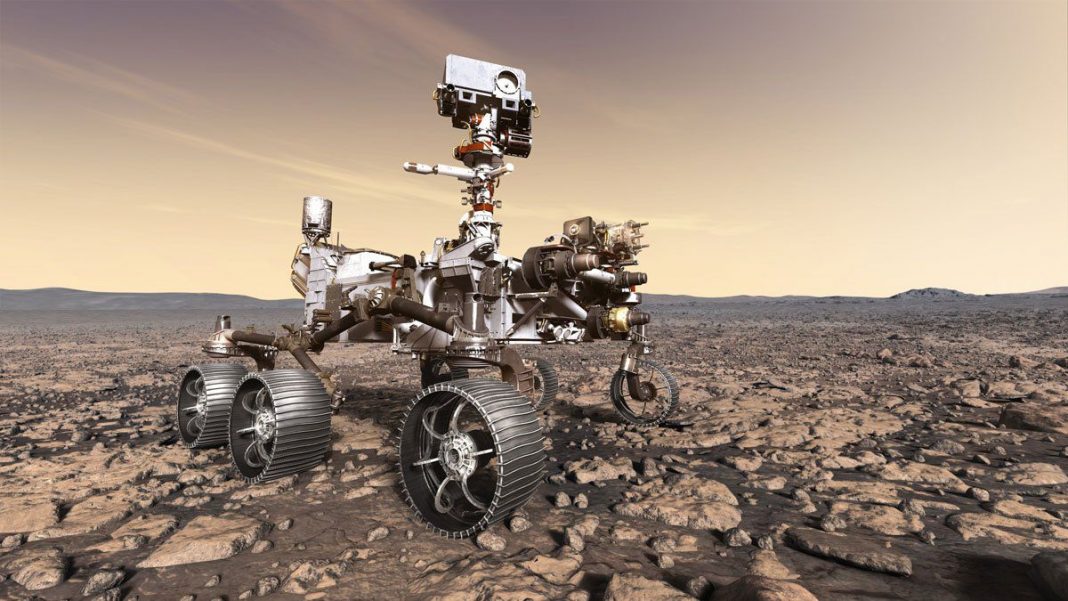Mars has several rocks coated in a purple layer, the origins of which are unknown. The discovery of the colored structures was made amid data collected by the Perseverance rover, which is exploring the Red Planet in search of biosignatures. Interestingly, almost everywhere the vehicle visits, there are rocks with a purple layer or even small spots of this color, which resemble paint splatters.
The color caught the attention of researchers because, until then, it did not occur often — so much so that the Perseverance mission is the first to identify it on the planet. Fortunately, the Mastcam-Z instrument’s cameras are helping researchers study it through the vehicle’s “scientific eyes.” By capturing images with different filters, which block certain wavelengths of light, scientists can at least get an idea of the composition of the rocks.
So far, it is not known for sure what process is going on to originate the color. “I don’t really have a good answer for you,” said Ann Ollila, a geochemist who presented data on the purple rocks at the American Geophysical Union (AGU) conference. The researchers are analyzing the colored coating to try to find out what formed it.
Want to stay on top of the best tech news of the day? Access and subscribe to our new youtube channel, Kenyannews News. Every day a summary of the main news from the tech world for you!
Some experts believe that perhaps the composition of this mysterious cover will help reveal more about Mars’ past. As the Earth has already harbored microorganisms that produced colored coatings on rocks, there is a possibility – quite remote, that is to say – that the layer is an indication of living beings there. However, this is a scenario that requires evidence and further studies.
Scientists hope that the rocks with the colored coating can be brought to Earth at some point. Thus, it will be possible to analyze them more deeply and, who knows, come to some conclusion about what formed the coverage in them. The Perseverance rover is collecting rock samples from Mars, which are due to be brought to our planet at the end of this decade.
